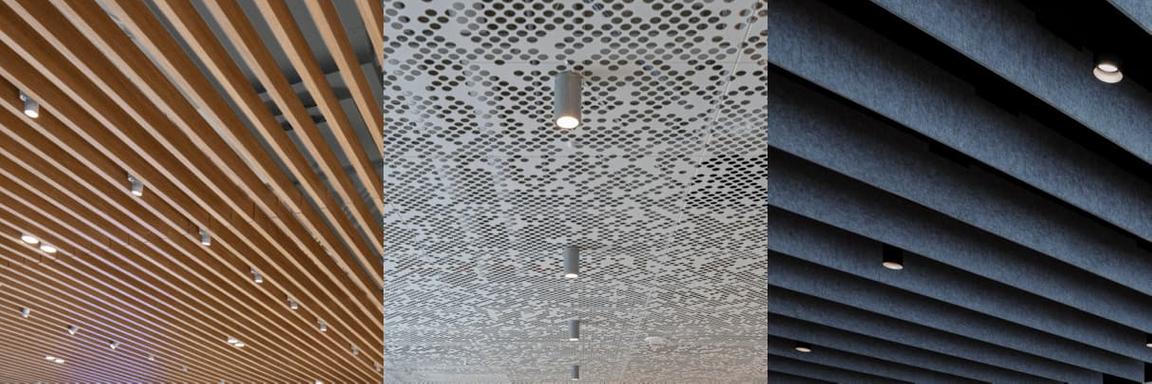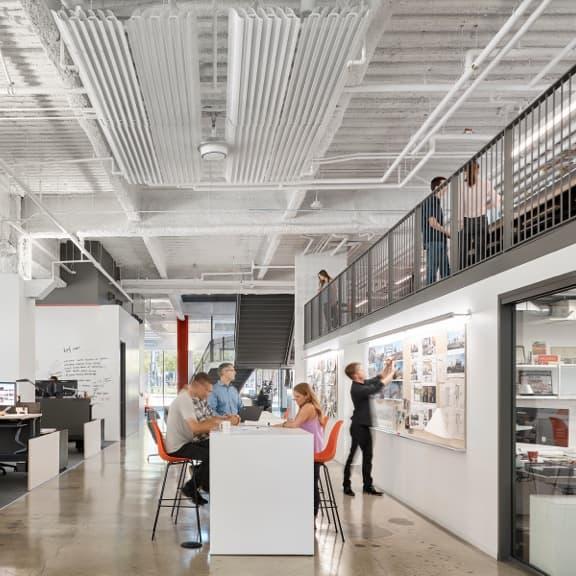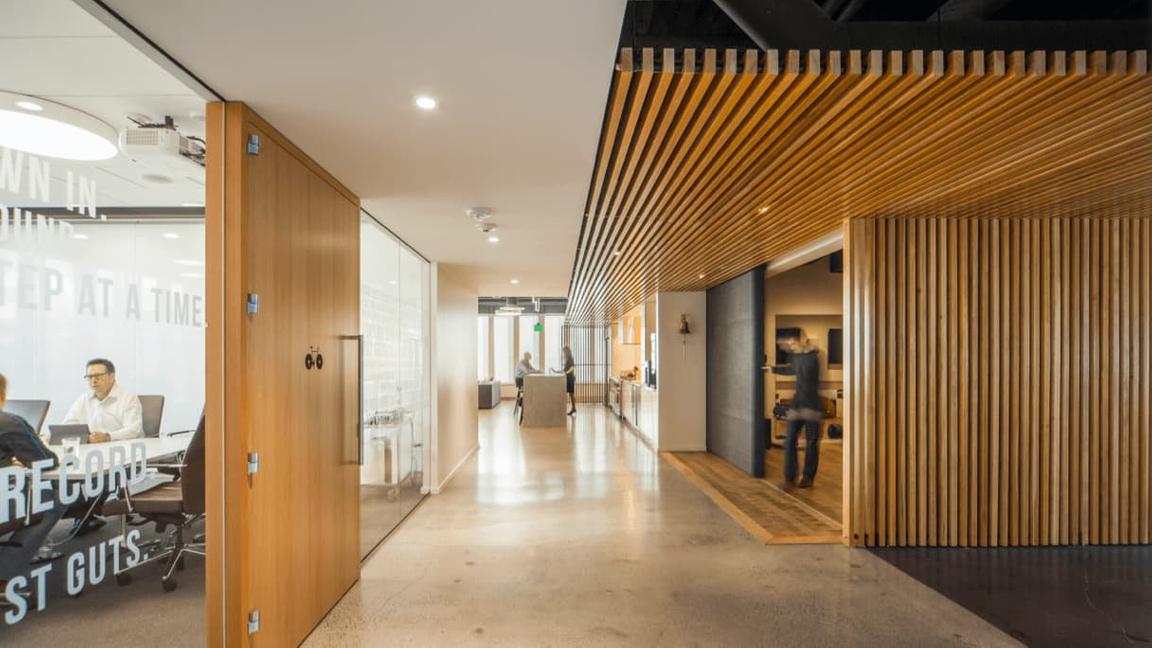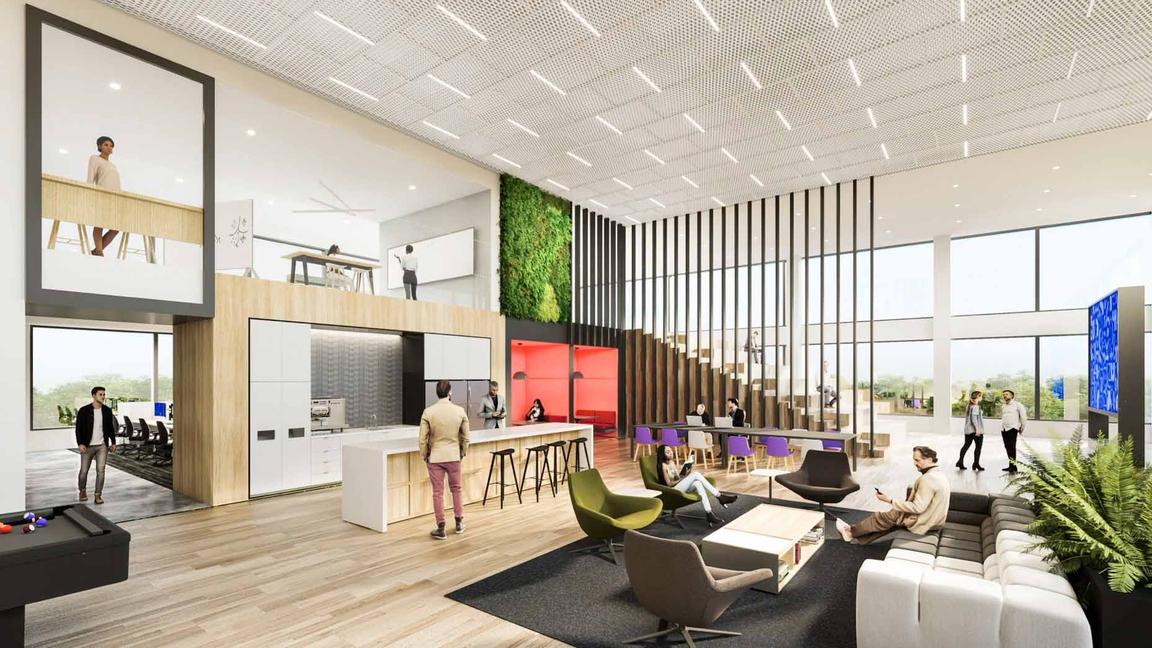Collaborate
The Collaborate zone is essential to how IBM employees innovate and deliver. Whether meetings happen in person or virtually, the Collaborate zone encourages and supports impromptu and planned teamwork. A broad range of furniture and planning configurations support a wide variety of work styles.
Signature moments
Choice is the word that best describes Collaborate zones. Every IBM employee has a different way of working based on role and tasks. A spectrum of open and enclosed spaces at varying sizes can accommodate those different needs. These areas should be composed of neighborhoods and interspersed between Focus zones. This section is divided into three Collaborate space types:
- Enclosed meeting rooms
- Enclosed lounges
- Open spaces
Enclosed meeting rooms
Enclosed meeting rooms are often client facing. These rooms are designed as high-functioning reservable spaces and equipped with conferencing technology to support virtual communication. They should also include writable surfaces for analog working sessions. Demountable glass walls provide light transmission and create uninterrupted views of the open workplace.
A conference table in either oval or rectangular form should be centered in the room. Height-adjustable chairs provide ergonomic support. Tables should include integrated technology and power. Avoid trapezoidal or atypical configurations.
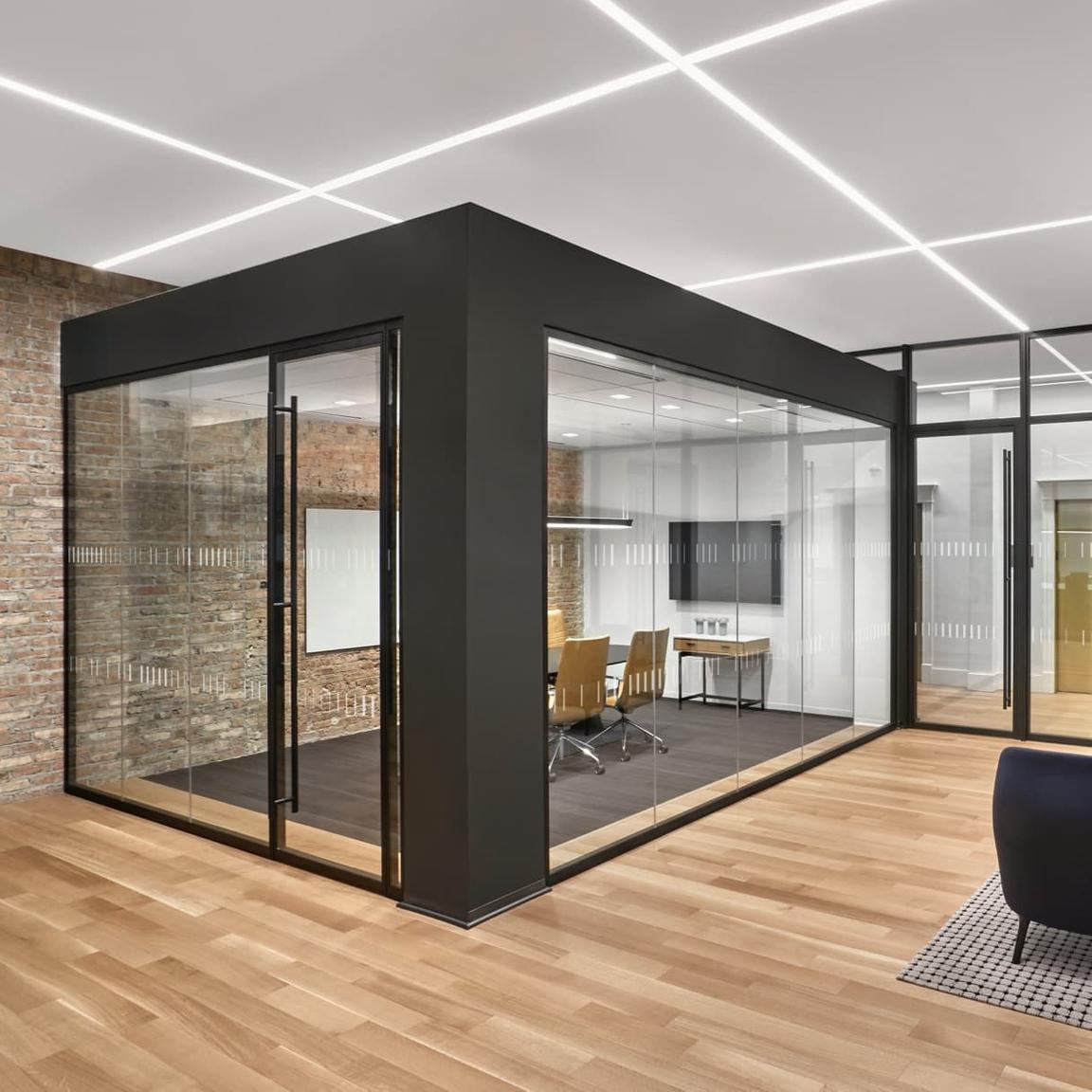
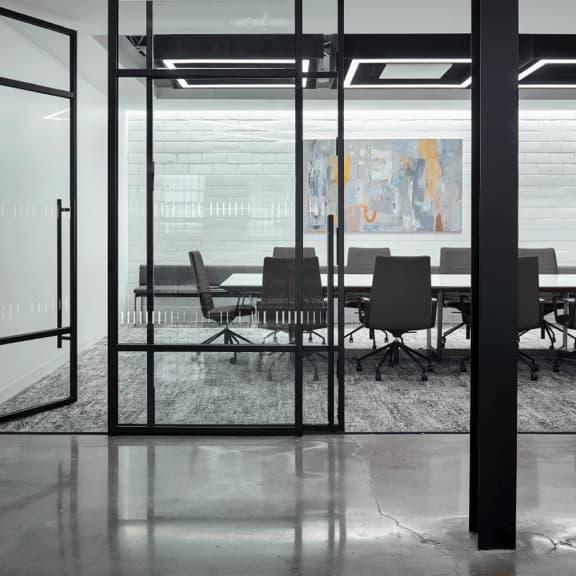
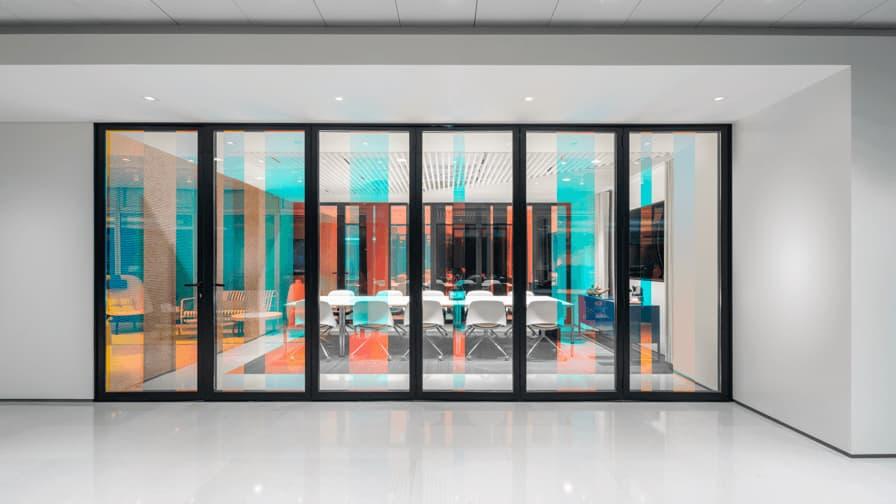
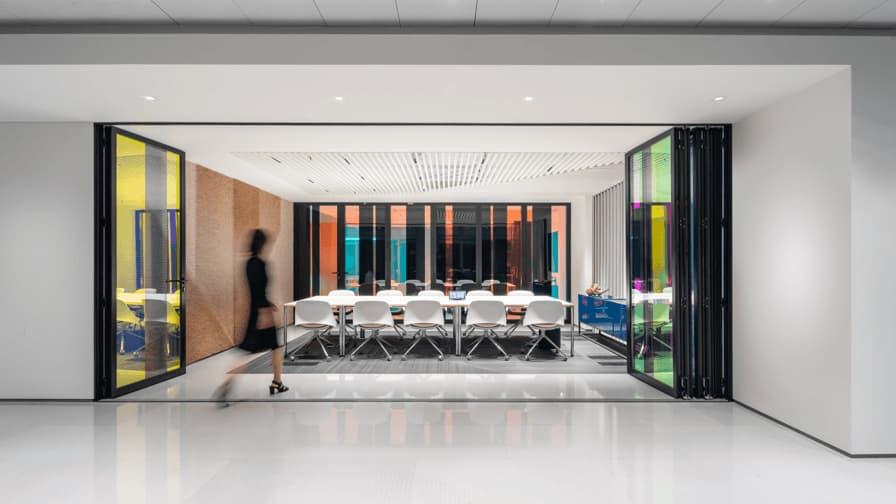

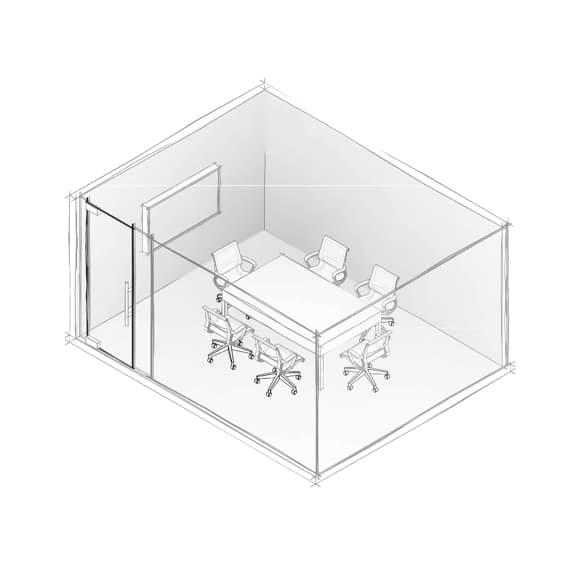
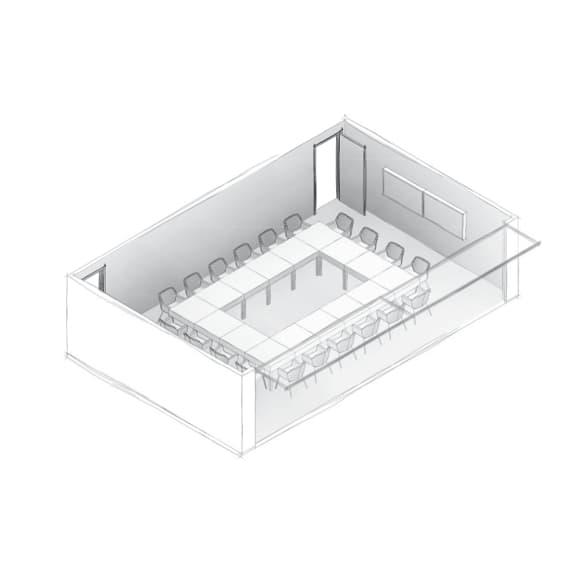
Enclosed lounges
Enclosed lounge spaces are more casual meeting environments. They’re non-reservable meeting rooms that provide an enhanced sense of hospitality. These rooms may be used for informal meetings or collaborative work sessions. Writable surfaces should be integrated into the space for analog work sessions.
Lounges should include soft seating, such as a sofa, lounge chair and ottoman. Laptop tables, side tables, coffee tables or a floor lamp may also be incorporated to enhance the feeling of hospitality in the room.
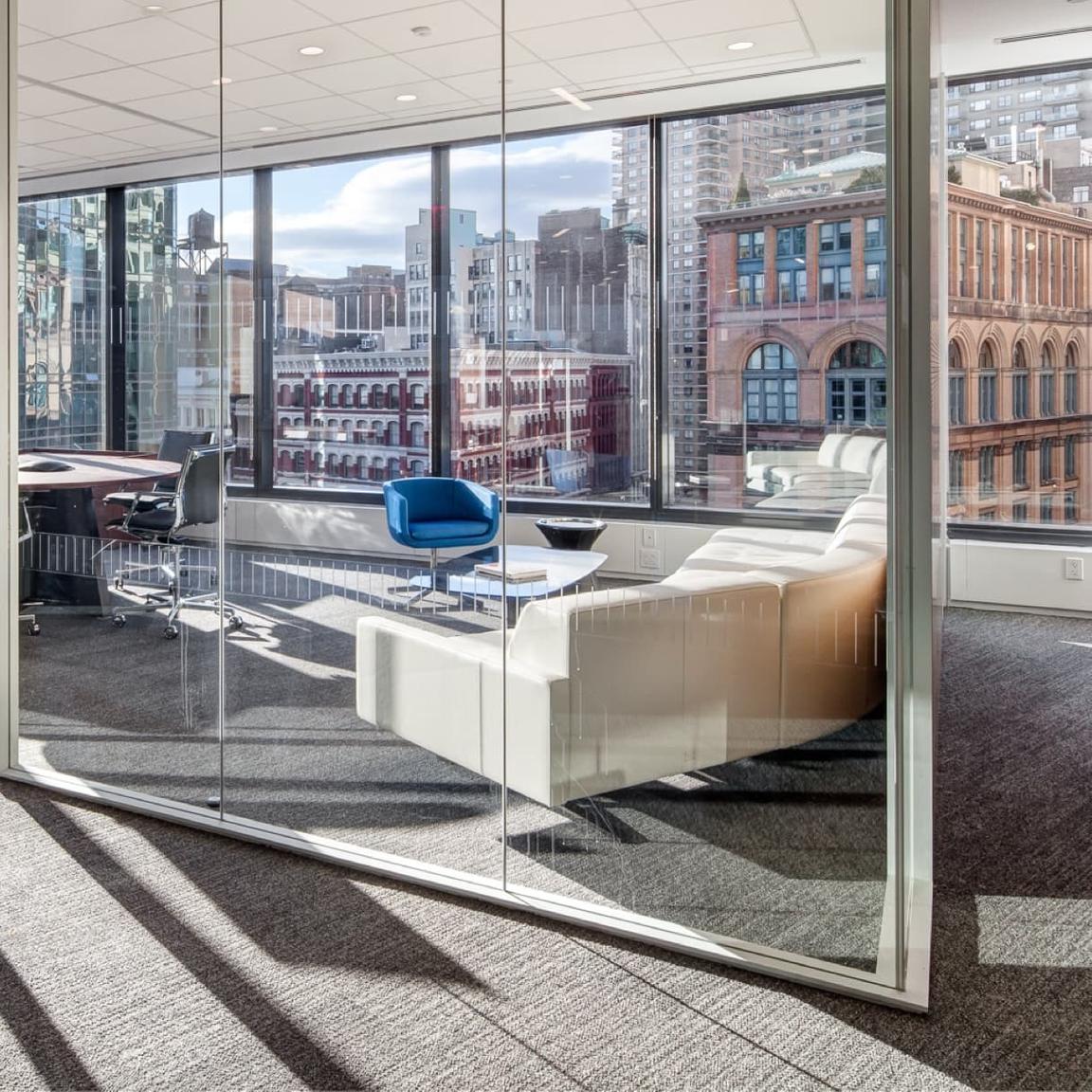

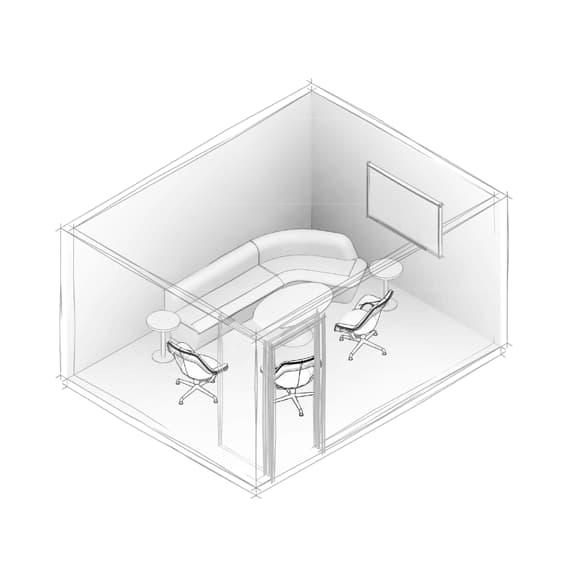
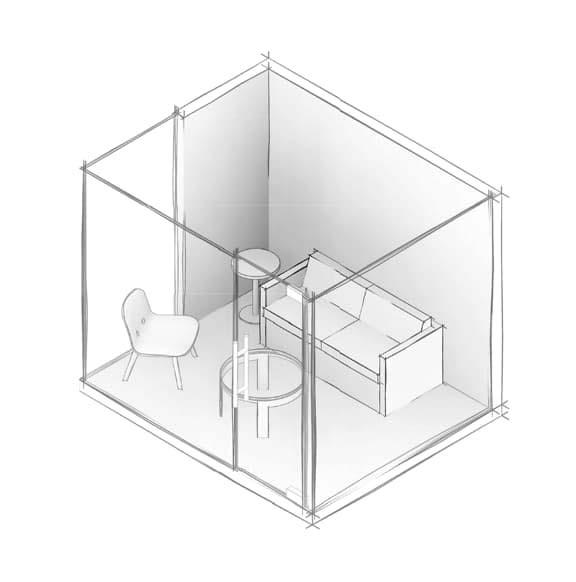
Open spaces
Open zones that invite collaboration are non-reservable spaces where teams can organically meet to conduct informal working sessions. These spaces are often adjacent to formal meeting rooms and complete the neighborhood planning concept.
Open areas are a little more utilitarian in design. Polished concrete floors support high foot traffic, while colorful area rugs ground meeting areas.
The ceiling should be shared with the open workplace and lighting can be differentiated by use of a single, large pendant light or grouping.

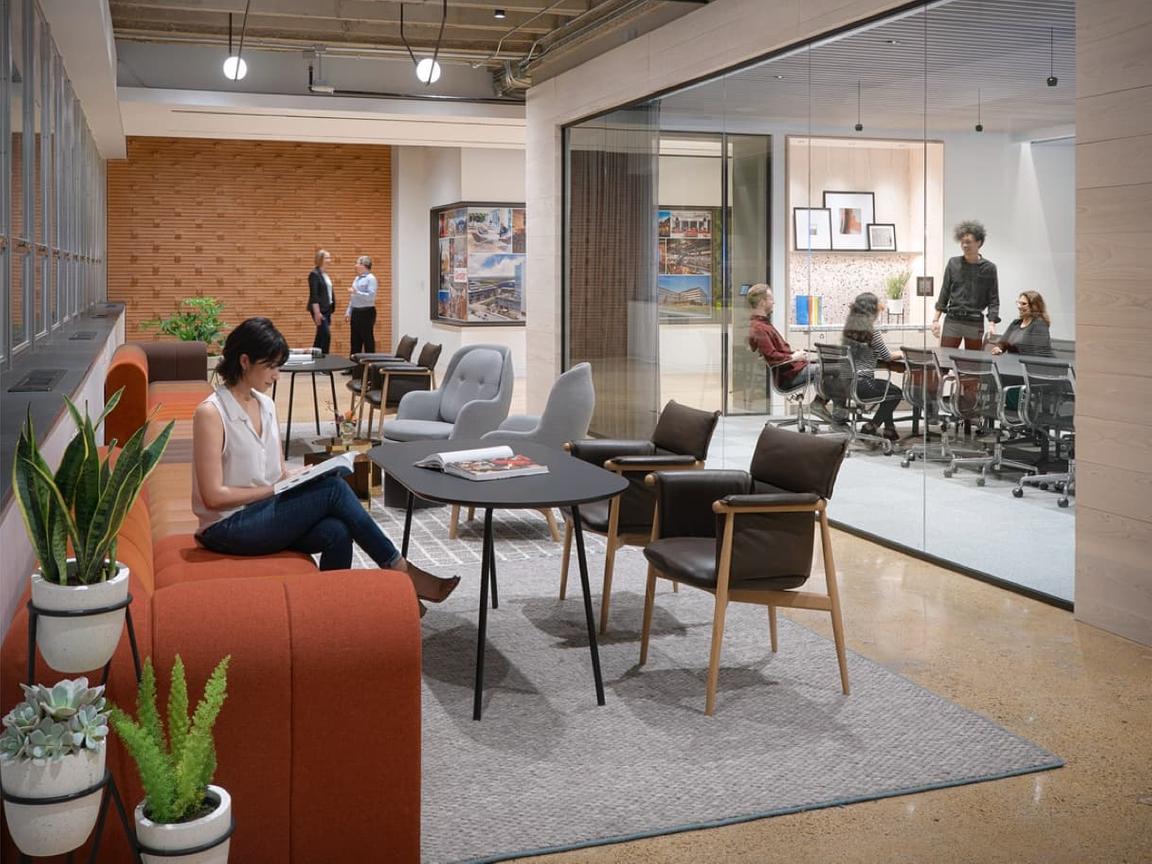
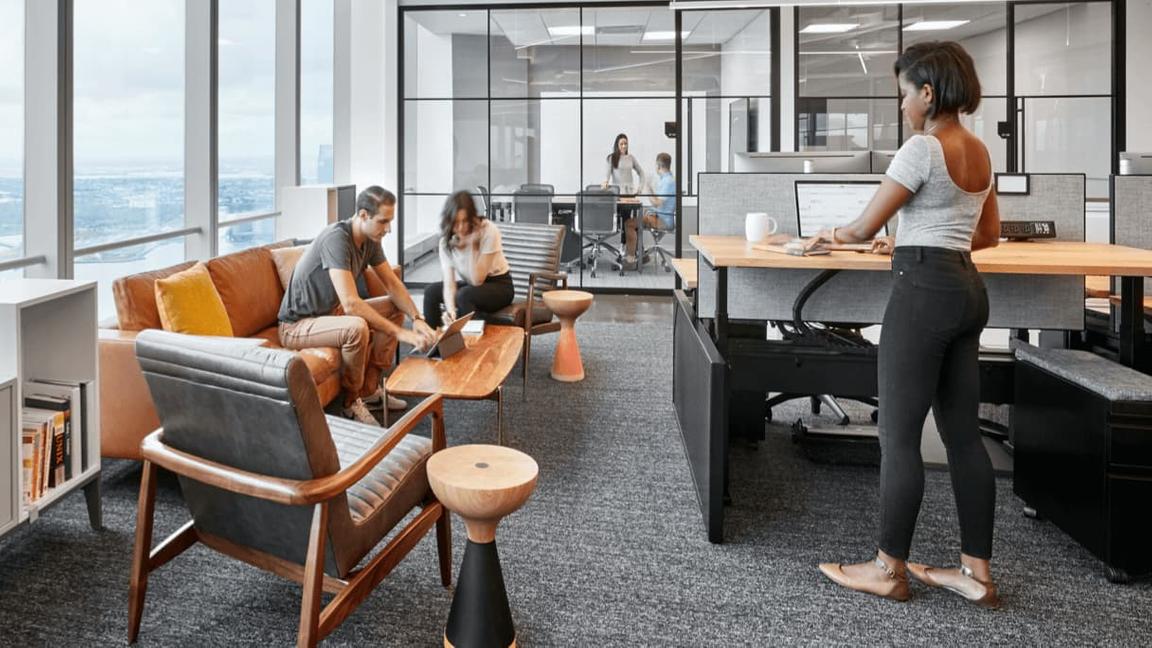
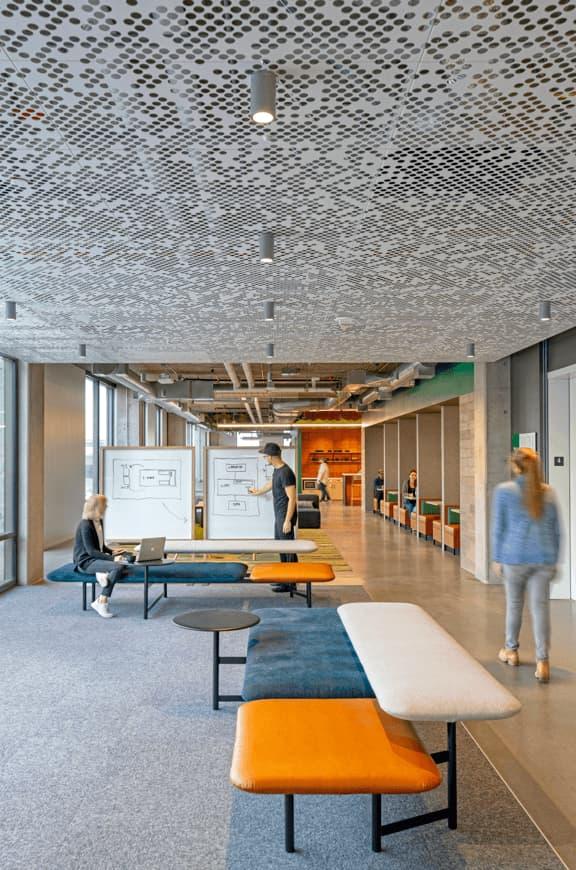
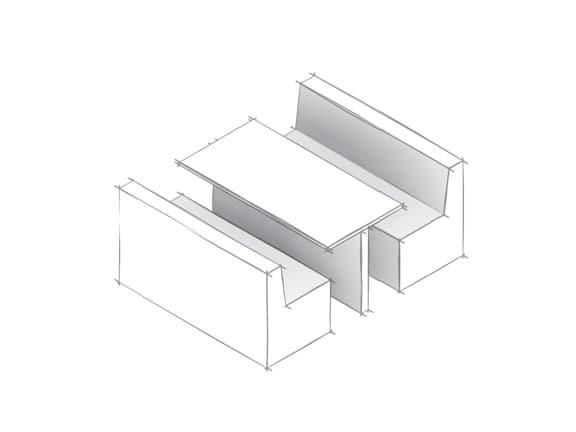
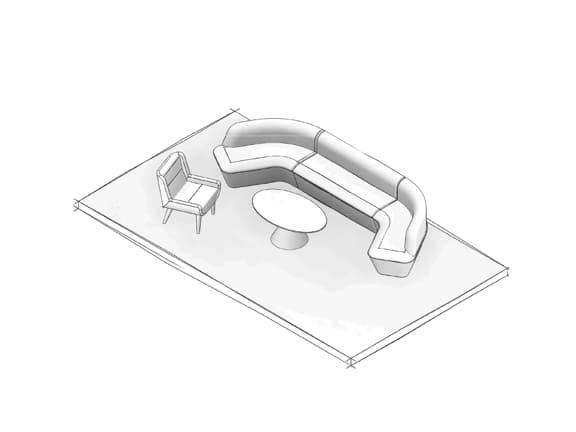
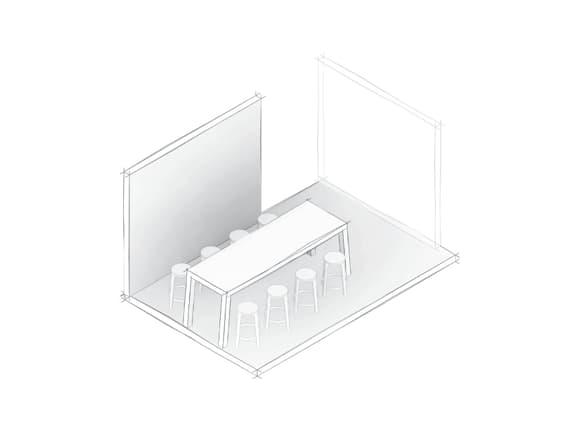
The finishes of various spaces where IBM employees and their guests collaborate can flex based on project design requirements. Enclosed meeting rooms should remain more neutral with tempered glass and dark charcoal metal framing to emphasize light and transparency.
Casual spaces that invite collaboration can incorporate a broader range of accent colors within upholstery, area rugs and environmental graphics.
Wood should be incorporated throughout all spaces in ceiling, flooring or furniture elements to add warmth and continuity across all environments.
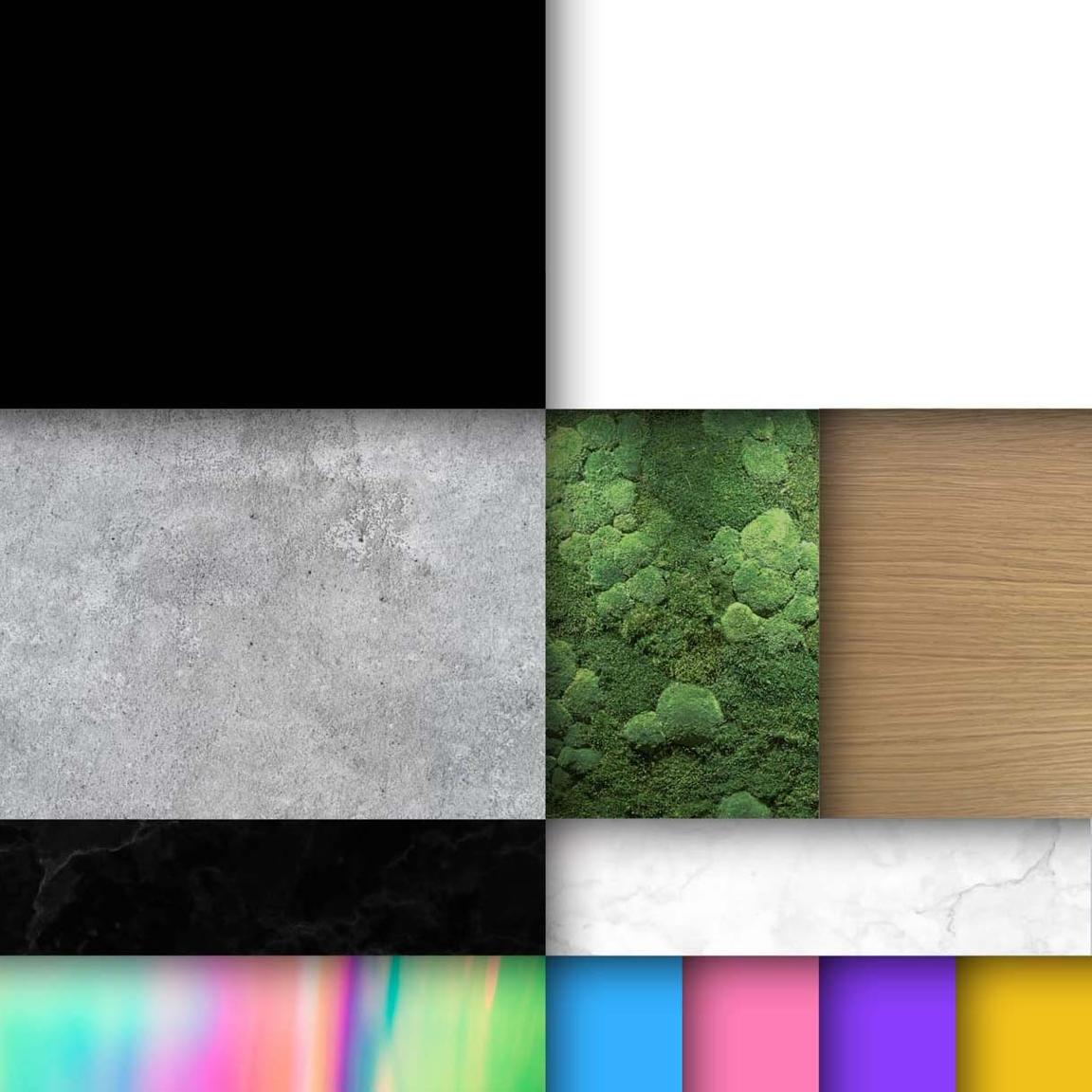
Brand elements can support environments intended for collaboration in both subtle and overt applications.
When using glass partitions, distraction markings are required by code for safety reasons. The design of these markers is another form of brand expression, creating subtle, but distinct, signals of our brand character. There are a variety of designs that can offer different levels of privacy.
Environmental graphics add dynamism to the work environment. Use of pattern, leadership quotes or dimensional signage can reinforce our sense of culture. Site-specific art installations also provide a localized design that’s indicative to the region. Use of graphics, art and signage should be carefully curated with the surrounding textiles and finishes to ensure design continuity. Learn more about brand expression.

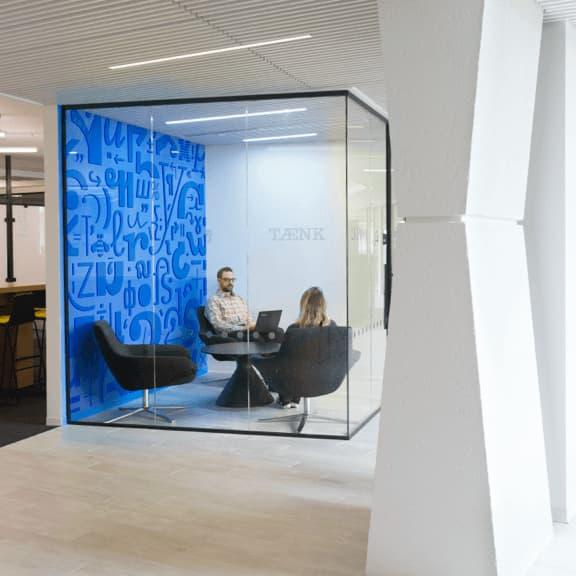
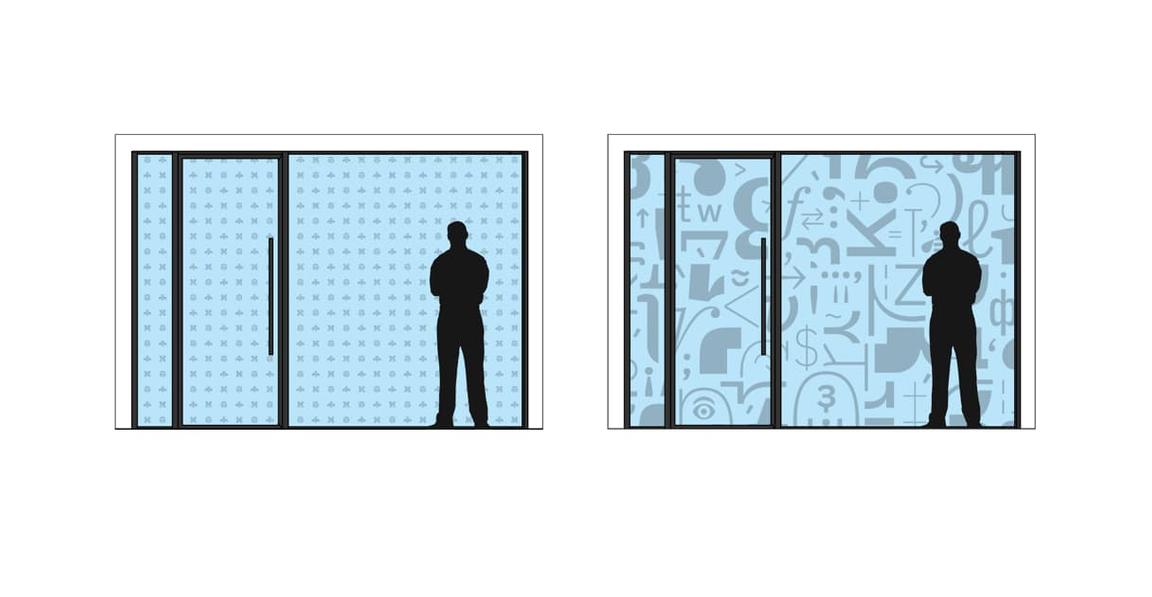
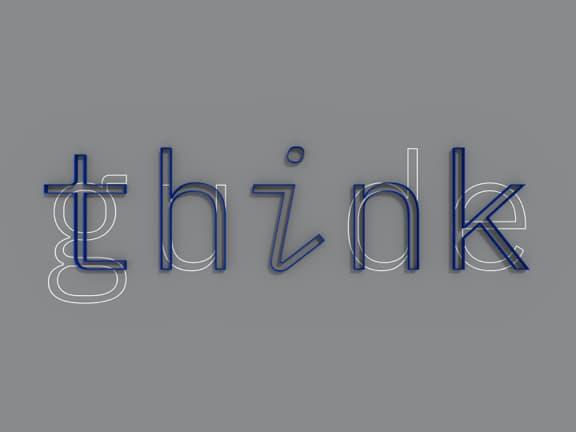
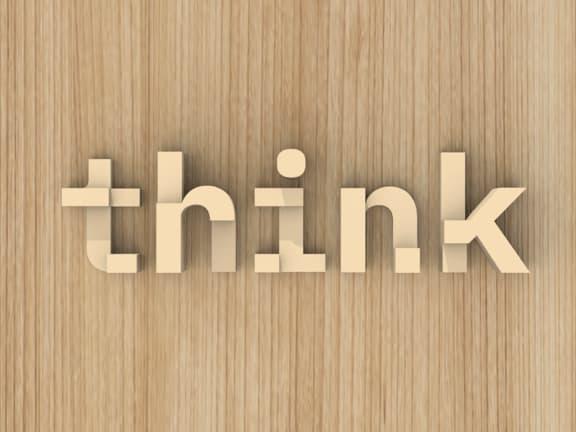
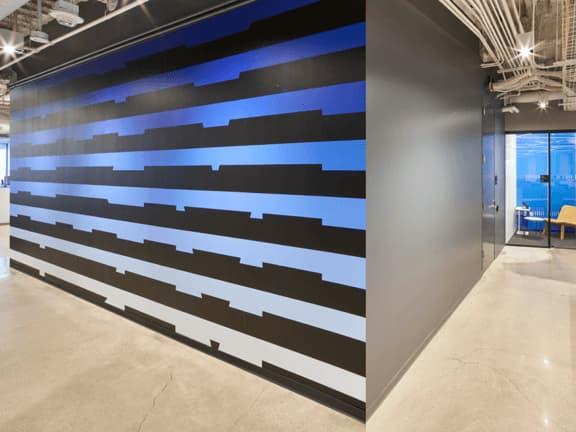
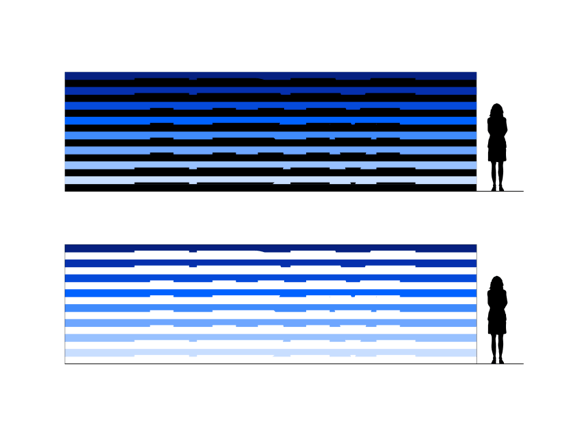
Furniture in the Collaborate zone should be largely modular, enabling different configurations to meet varying needs. Open spaces should be furnished based on different workstyles. Configurations may include stand-up tables with a writable surface, lounge settings or diner booths.
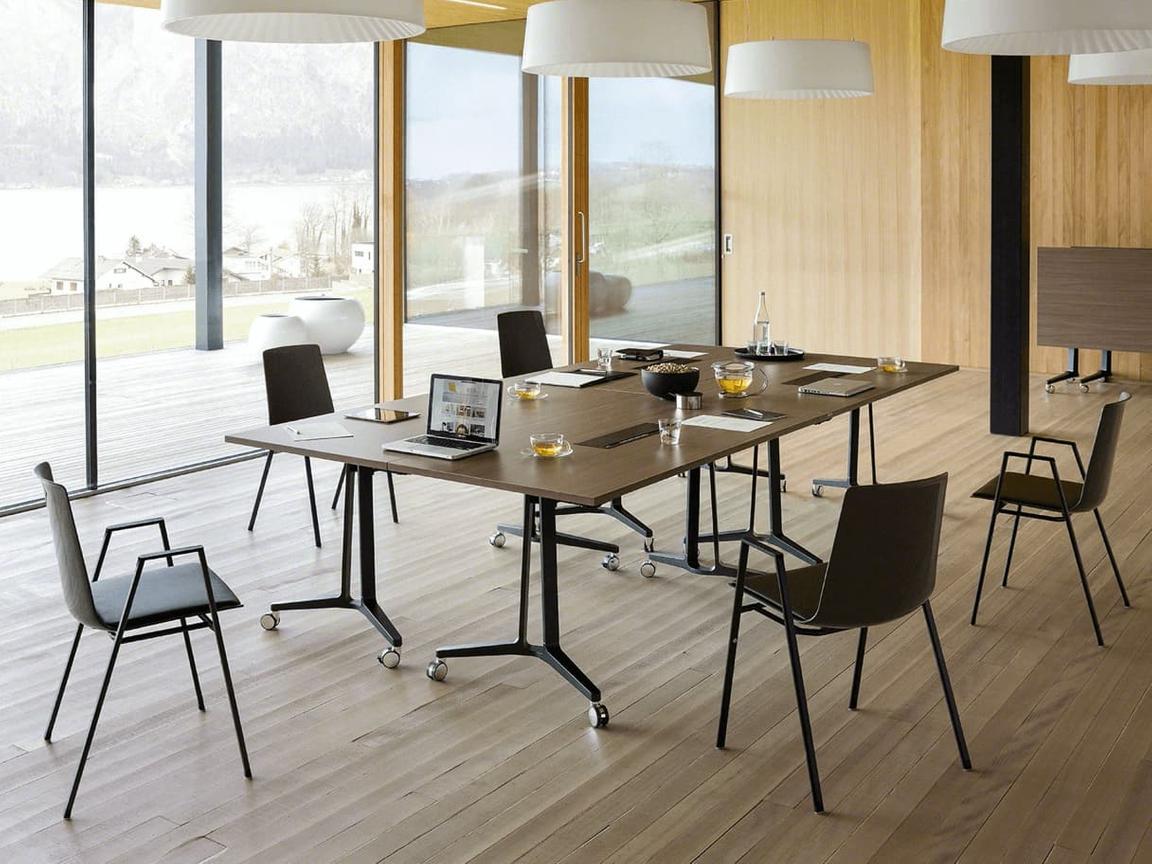
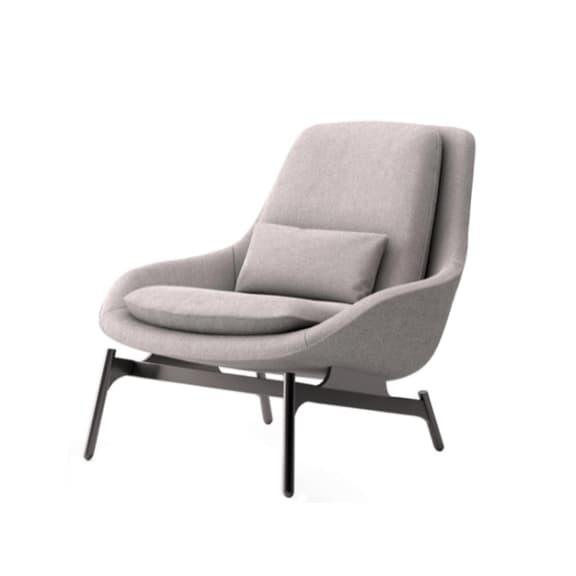
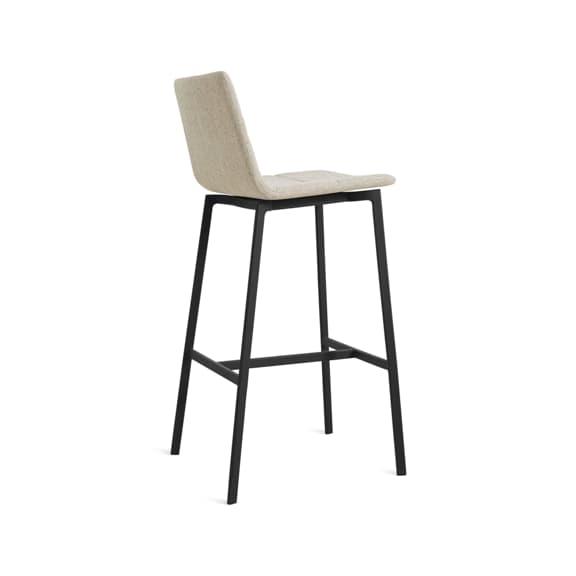
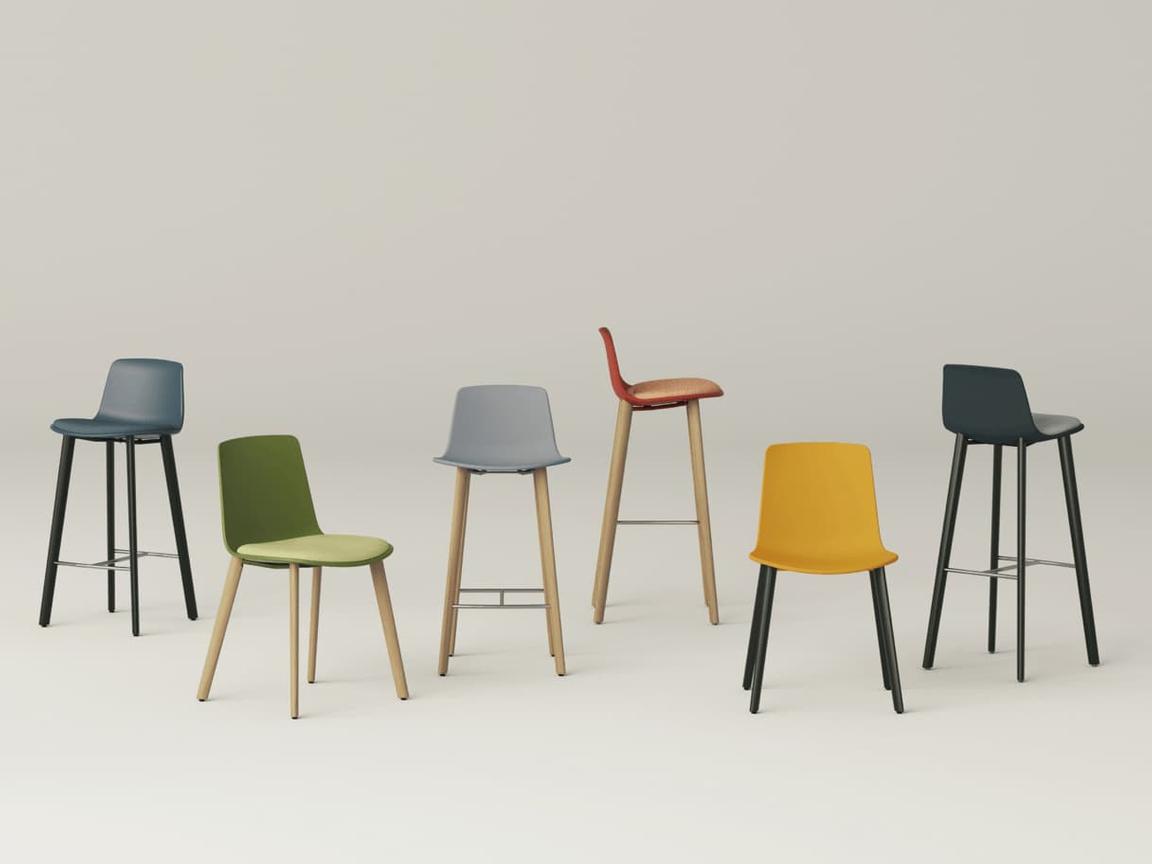
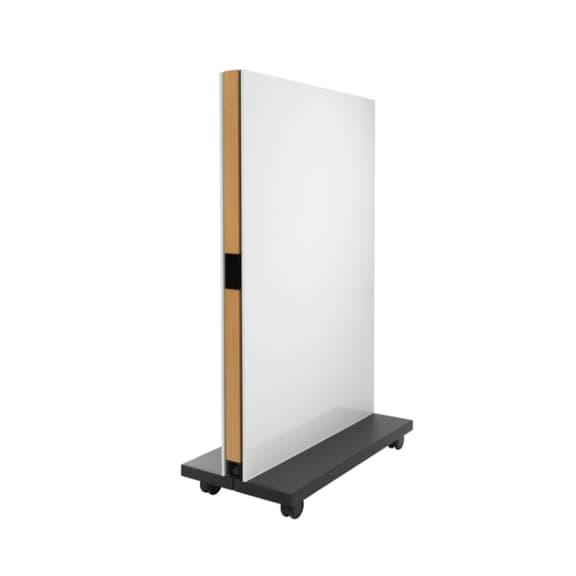
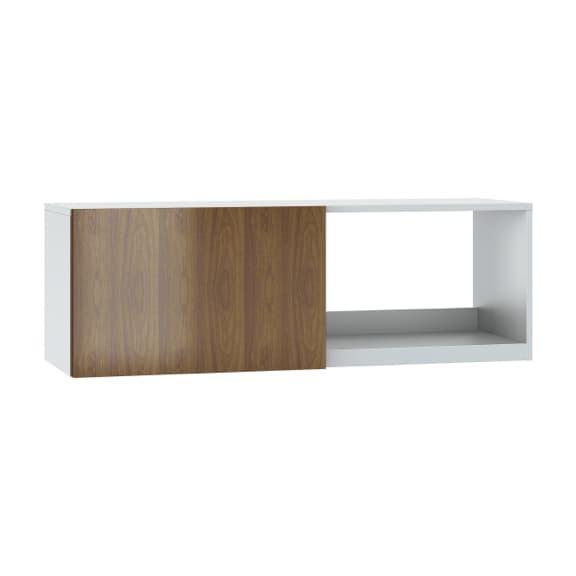
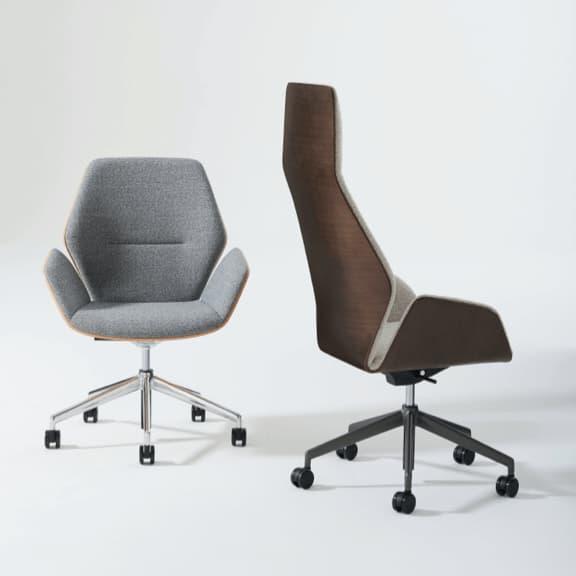

The Collaborate zone may use different ceiling treatments depending on type of space. For example, the enclosed meeting rooms may feature a finished ceiling with integrated lighting while open spaces can feature open ceilings when appropriate. Consider acoustic materials to mitigate sound pollution. Wood, felt and perforated treatments should reinforce a sense of linear geometry.
